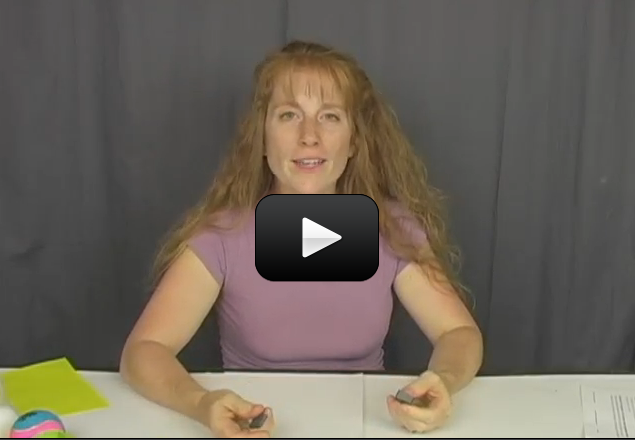Maxwell’s Second Equation: All magnets have two poles. Magnets are called dipolar which means they have two poles. The two poles of a magnet are called north and south poles. The magnetic field comes from a north pole and goes to a south pole. Opposite poles will attract one another. Like poles will repel one another.
Materials: magnet you can break or cut in half, scissors or hammer (depending on the size of your magnet)
Please login or register to read the rest of this content.


Hi Kim,
Thanks for writing! Maybe a little background info might help you figure out the best way to use the program for you kids? 🙂 Unit Zero is an overview of the entire program, and was created after the program was developed and is intended mostly for educators and parents so they can understand the key concepts that will be covered in the program (most students start with Unit 1).
To answer your question about Maxwell, you can read more about James Maxwell of course, but if you’re going into history first, you may want to start with Michael Faraday first (whose work was expanded on by Maxwell).
There are a lot of great scientists in that era that you can start with, either chronologically or by area of expertise (electricity, optics, magnetism) to match the topic you’re working on.
Don’t worry about the name of the principle. For example, “Maxwell’s Second Law”… it’s just the name of the set of principles that kids are learning about, which is also his last name (as opposed to the “Ideal Gas Law” which doesn’t bear the name of the French Chemist Joseph Gay-Lussac at all but rather just describes what it is.)
I normally get kids hooked on the concepts first by doing the experiments, especially if they roll their eyes as I am describing the history of the person who was involved with it. I may add onto the end of the experiment some of the problems of that time era and what this person did to overcome it and get their ideas on what he may have been thinking when he designed and developed his ideas to keep them interested. Get creative and see what works for you! I bet your local library has all kinds of books on Michael Faraday, Nikola Tesla, Benjamin Franklin, and James Maxwell, who were all big contributors to field of electricity, magnetism, and optics. Hope this helps!
Hi. I am trying to find the best way to teach science with this website. I thought I would start by Grade Levels. On the 4th Grade page it has several experiments.
Are these experiments listed in the order you suggest I teach?
Also, the second experiment is Maxwell’s Second Equation. I think this is weird to teach the 2nd equation without learning who is Maxwell. What is the first equation? If I want to teach this first (as background) where would I find it on this website? Do you think they should learn about Maxwell first or just teach the 2nd equation with the experiment and tell them you will learn about him later??
Thanks for you comments and suggestion.
~Kim
When a scientist does an experiment, they do it to answer a question, not based on what they have in the lab… building an experiment comes after you decide what question you want answered. What do you think you can come up with? What question do you want answered? 🙂 Here’s an example.
Well can you please do a expirement including pencils 5 cups clay sponge balls 2 sheets of line paper a book and two lego blocks
awesome